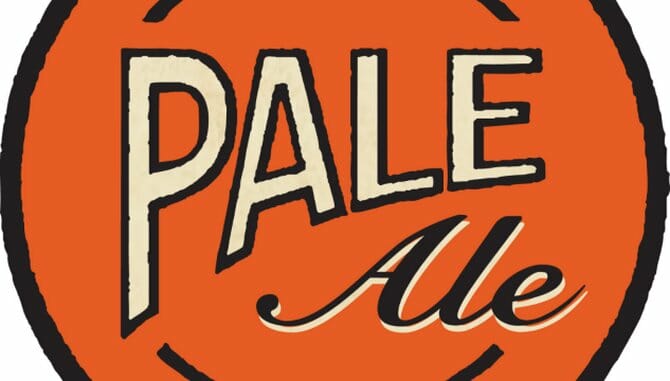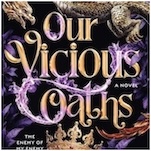Let’s Talk Beer Styles: Pale Ale

Paste’s monthly blind style tasting for February has been American pale ale, and in honor of the 83 pale ales we were able to gather, blind taste and rank, we’re launching a new monthly series dedicated to the idea of beer styles themselves. In this series, I’ll go trawling through the historical record to talk about the origins of popular beer styles both young and old, and then discuss that style’s current role in the American craft beer community, as I see it. First up: the noble style of “pale ale,” which has been among the world’s most popular and consumed craft beer styles for more than 300 years.
The Origin of Pale Ale
The creation of “pale ale” as a style is closely tied to the history of technological development in professional brewing in England. In short, it was impossible for someone to brew what we would think of as “pale ale” before roughly 1642, due to the way barley was malted.
1642 is the first recorded use of coke as a fuel for kilning malt, and the beginning of what is now referred to as modern “base malts.” Coke, a fossil fuel derived from coal, burns hot but with far less smoke and soot than the wood or peat previously used to heat barley for kilning. Using coke, maltsters could create new varieties of malted barley that were lighter in color and softer in flavor. Before this point, use of darker roasted malts imparted darker colors and more pronounced roast flavors in essentially all British beer. These beers would be rather odd by today’s standards, presumably with a profile somewhere between brown ale and rauchbier (because of the smoke).
This change, and the availability of lighter malts, is very significant to beer as a whole, even to dark beer styles as well. It was the first step toward modern grain bills—which is to say, beers made with a great majority of pale malt, and then smaller portions of “specialty” malts that are dialed in to achieve specific colors and malt profiles. Before this point, beers were likely to be made with a single malt variety. These standardized, lighter base malts eventually became the starting point of essentially all beer styles. Even in the grain bill for say, a stout, the majority is pale malt of some sort, with a smaller portion of intensely roasted malt (such as black patent malt or roasted barley) that gives the beer its dark color and roasted flavors. It’s a matter of economics as well, as pale malts are more efficient and yield the greatest amount of fermentable sugars per ounce.
These earliest pale ales likely bore little resemblance to the style we know today, though, particularly when it comes to hop rates. Still, they grew slowly hoppier and more bitter over time, as the British palate grew more accustomed to hop flavors and British farmers began cultivating their own hop harvests by the mid 1600s. By 1703, the term “pale ale” had appeared for the first time, and in 1710 the English parliament banned the use of non-hop bittering agents in beer. The era of the hop had officially arrived.
Still, it is a style where there is much historical argument and confusion. Here, I defer to beer historian Martyn Cornell, whose work in digging through old brewing journals and advertisements has revealed much about the history of British beer styles. I find his argument on pale ale vs. “bitter” particularly interesting, as he contends that the two styles were historically one and the same, only dividing into identifiably different styles in the modern craft beer era. Or in more detail:
From the moment that bitter beers started to become popular in Britain, around the beginning of the 1840s, “bitter beer” and “pale ale” were used by brewers and commentators as synonyms. There never was any difference between the two. Why did “pale ale” come to be appended as a name mostly to the bottled version of bitter? Because generally in the 19th century brewers called the drink in the brewery “pale ale”, and that’s the name they put on their bottle labels, but in the pub drinkers called this new drink “bitter”, to differentiate it from the older, sweeter, but still (then) pale mild ales.
Regardless, pale ale has remained popular in Britain ever since, varying in strength and flavor profiles over time, often driven by scarcity and shortages such as the world wars. It was imported to every end of the British empire, including the U.S.A., which is where we head next.
-

-

-

-

-

-

-

-

-

-

-

-

-

-

-

-

-

-

-

-

-

-

-

-

-

-

-

-

-

-

-

-

-

-

-

-

-

-

-

-










































